We may receive a commission on purchases made from links.
So you decided you’re going to have a baby.
You’ve stopped your birth control and started popping prenatals.
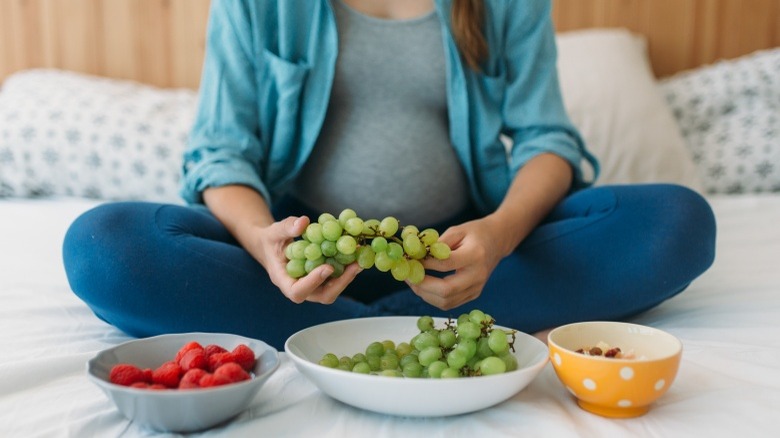
Nowit’s timeto get down to business, right?
There might be a little more to it than that.
It’s not as easy as you might think for some women to get (and stay) pregnant.
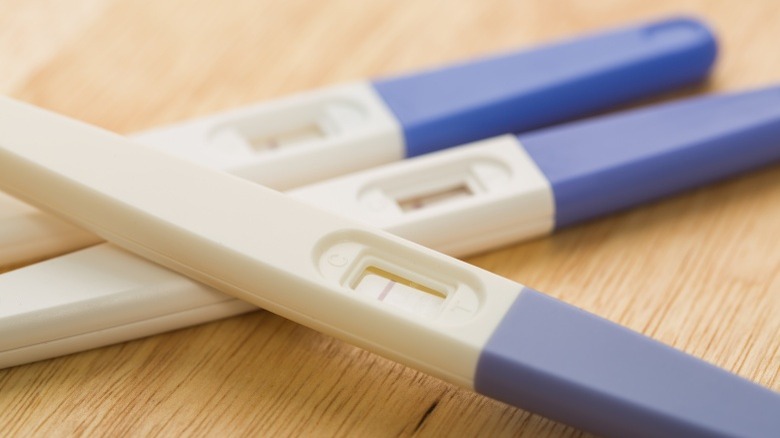
Almost12 percent of womenhave received infertility services in their lifetime.
And 1 in 8 couples have trouble getting pregnant or sustaining a pregnancy.
Reasons for infertility
Why are the numbers so high?
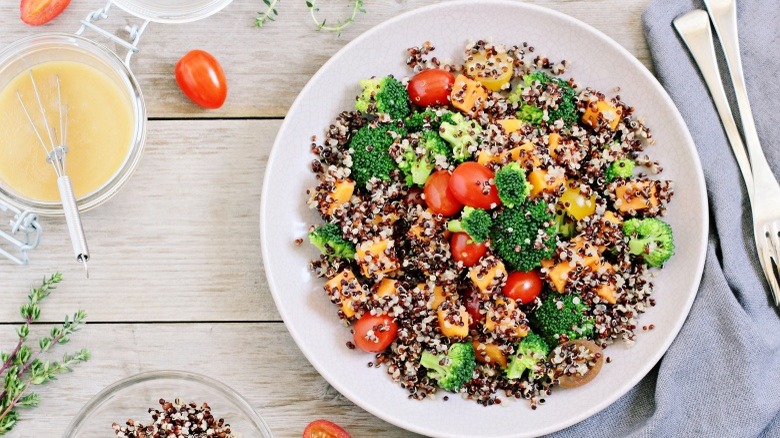
The most popular and possibly most scientifically-backed reason, is age.
More and more women arewaitinguntil their 30s to make a run at conceive.
Unfortunately, this is also the same time that fertility is declining, particularly after age 35.
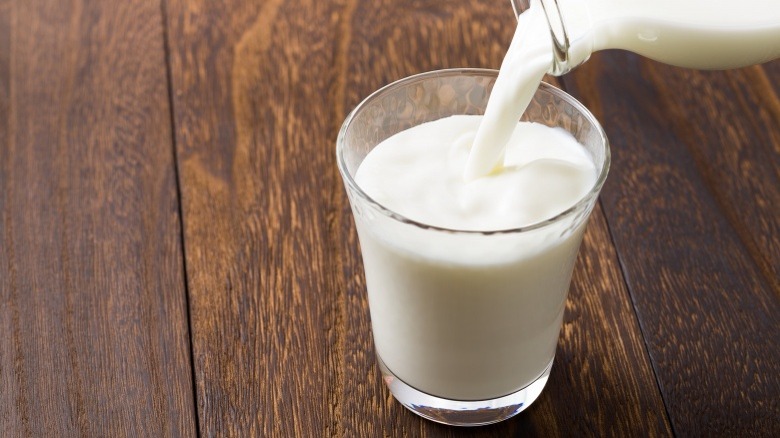
A healthy, fertile woman has a 20 percent chance of getting pregnant with each month of trying.
By the time she reaches 40, those chances go down to less than five percent.
It has also been argued thatenvironmentfactors in to decreased fertility.
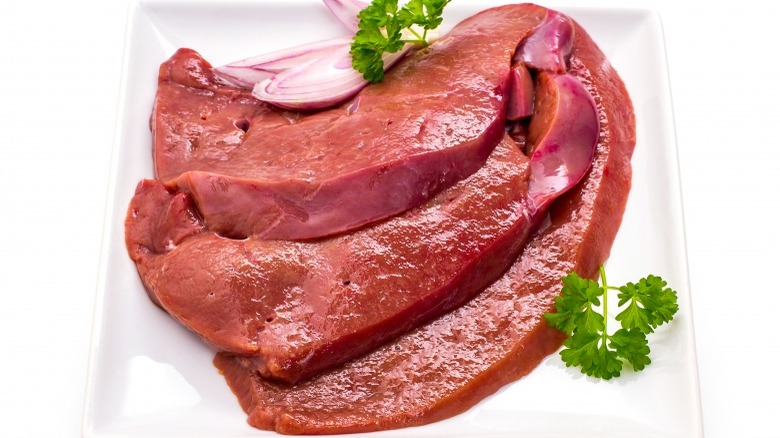
And who could forget aboutstress?
Is there research to back it up?
Do we knowexactlywhat couples should be eating for increased fertility?

Maybe and maybe not.
So where do you start?
Here are five diets that women trying to conceive will want to know about.
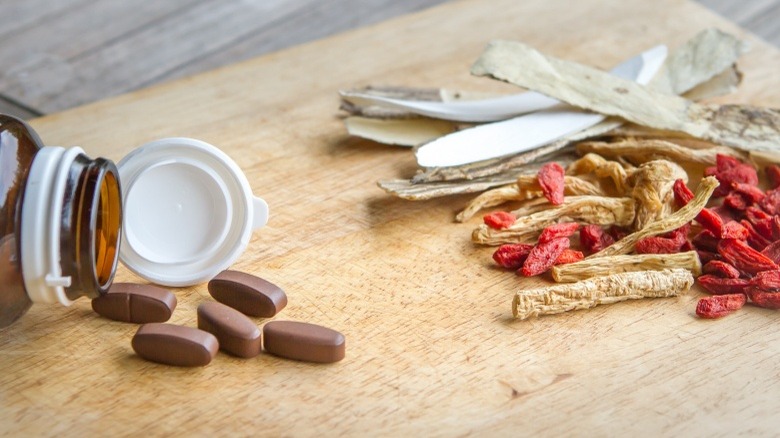
Trans fats are the devil of this diet.
That means step away from the chocolate peanut butter bacon doughnutimmediately.
On the bright side, though, full-fat dairy is a good thing.
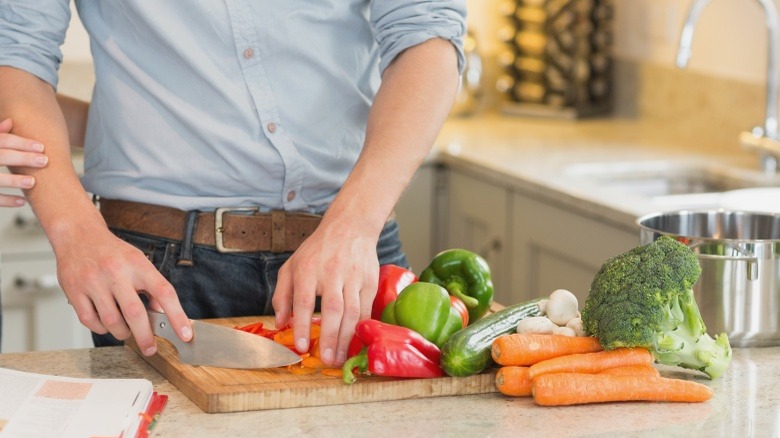
In their study, it seemed to offer protection against infertility while low-fat dairy did the opposite.
It also showed a link between high animal protein consumption and increased infertility.
Infertility is least common in this range, but increases when weight goes up or down.

Price, the dentist who turned the standard American diet on its head.
Their sacred diets included things such as spring butter, fish eggs, and shark liver.
His advice for the modern woman is a little more attainable.
Inthis fertility diet, fat is good.
From eggswith their yolksto oily fish to butter at least four tablespoons a day.
as well as lots of vegetables and full-fat dairy.
She comes back to them with a very specific program made just for that couple.
“Every couple is different,” says Heap.
“Diets vary so much from couple to couple.
I go into the real nitty gritty.
I look at test results and deficiencies.
I do a nutrient profile to see what their fats look like.
Their basic levels of nutrients.
Iron, zinc, the things that are really important to fertility.
And then I tailor the diet around that.”
Because of this, she can’t recommend an exact formula for any one couple to follow.
She also recommends a huge increase in your vegetable intake.
“Most women have about three to four servings of vegetables a day.
I get them to eat about 10,” she said.
“You’re born with all of the eggs that you have.
But what you eat can cause fluid membranes to be hard.
It’s about having the right level of nutrients so that you’re free to improve that.
The compromise
Sometimes, traditional and non-traditional methods work best when combined.
Starting with menstruation, you’ll eat foods rich in iron to replace blood lost.
Iron-rich foods include meat, beans, fish, leafy greens, and seeds.
Vitamin C is the best compliment to these foods because it helps your body absorb the iron.
Find it in bell peppers, tomatoes, broccoli, kiwi, and citrus.
After your period, the follicular phase begins.
Estrogen levels are on the rise as your body works to develop a follicle.
Also, drink plenty of water.
Last but not least, you enter the luteal phase.
Beta-carotene can help keep hormonal balance and bromelain can help support implantation through its anti-inflammatory properties.
Try carrots and sweet potato for beta-carotene and pineapple for bromelain.
Butplenty of studiesout there have found men’s diets to be just as important in the process.
According to Dr. Mark Perloe, medical director of Georgia Reproductive Specialists, infertility is a 50/50 issue.
Vitamins C and Eboth have antioxidant properties and have the ability to protect the sperm’s DNA.
Also, a man needszinc for healthy testosterone.
Foods in their raw state like pumpkin seeds, green peas and sesame seeds are good choices.
And women aren’t the only ones who need folic acid.
According to aone study, men with a high intake of this vitamin had fewer abnormal sperm.
Get folic acid from leafy greens, legumes, orange juice, and asparagus.
But remember, stress is an important factor, too, so don’t stress about it too much.